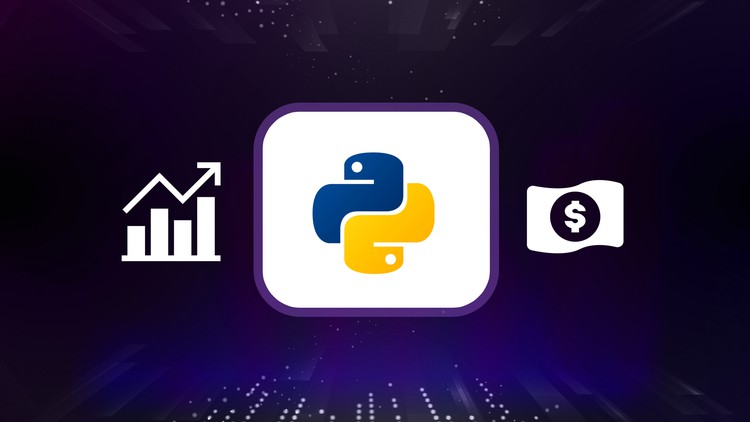
Learn the basics of finance with python through a learning by doing model
What you will learn
Practice the fundamentals of basic finance through real examples
Learn how to use python to further enrich finance models
Analyze the mathematical equations underpinning basic finance and how python allows for quick computations of the equations
Create graphics to visualize the impacts of different parameters on financial models
Description
Have you ever wondered what the different financial metrics and models mean? This course will give you an introduction to the very exciting world of finance through the lens of programming in python. You can expect to both increase your python skills while also building your financial acumen.
Some of the course deals with how cash flows compound and how they are discounted for present value. Other lectures focus on the models that are used for evaluating fixed income investments and equity investments. All lectures are done through jupyter notebooks with python code to replicate different equations, visualize the evolution of financial models and explain with examples how the different pieces of financial theory fit together.
The structure of the course is:
Compound Interest: Lectures on how compound interest works
Present Value: Lectures on how to compute the present value of different streams of cash flows
Annuities: Lectures on how to value annuity type payment streams
Perpetuities: Lectures on what a perpetuity and how one might value infinite streams of cash flows
Bonds: Lectures on how to value bond cash flows
Dividend Discount Model: Lectures on the dividend discount model which is used in valuing stocks
Risk: Lectures on how risk is measured and how diversification can reduce risk
Capital Asset Pricing Model: Lectures on the very famous Capital Asset Pricing Model and how it is used for finding the expected returns of stocks.
Content